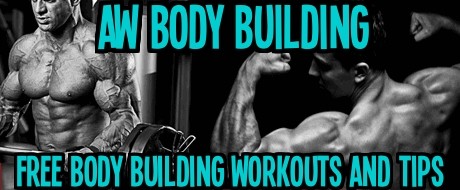Because of the constant increase in American obesity statistics the U.S government decided to ask the American people to re-evaluate health objectives and they created the Healthy People 2010 program. This started off something that has affected the way all personal trainers and PFT's plan their workouts for clients.
The definition of functional progression needed to be re-examined and re-defined. This was done using functional progression as the yardstick. The result is to start with an easy or 'less skilled' movement and ending with highly skilled movements involving the client’s core stability function, spine alignment and to maintain joint and connective tissue integrity.
The easiest movement requires less balance and stability as well as what is called proprioceptive and motor control. These low risk movements can be done by anyone and most are done lying prone on the ground and isolating certain body-parts without doing any full body movements.
An example would be a supine triceps extension movement or a prone scapular retraction for the rhomboids in the back. Others like a prone hip extension specifically to isolate the hamstrings and the lower back muscles. The difficulty of these functional progression movements continues along a very specific line calling into function more and more proprioceptors and neuromuscular pathways.
Movements considered high risk or difficult on this scale are movements like handstand shoulder presses or dead-lifts, or other full body movements using more than one joint like plyometric lunges and V-sits. But it is the steps that the system takes in achieving health and longevity that makes it all worthwhile.
The first step is learning to isolate various muscle groups so that the client starts to think about what muscle is being used when moving in order to improve body awareness. At the next level external resistance is added using of machines to slowly increase strength.
Level 3 would be the addition of functional training positions which would be seated or standing positions used for increasing the stabilizer challenge of the body while doing the movement. Level 4 would be the combination of increased function as well as resistance.
At level 4 would be the addition of multiple muscle groups in order to increase the resistance once again and challenge the central core strength of the individual like doing an over-head pressing movement while doing a squat which really puts a lot of stress on the core strength of a person.
The final level would be level 5 where more balance is required like doing a one legged squat which can also increase the functional speed and rotation of a movement. There are obviously countless variations that one can do following the above guidelines for functional progression exercises.
